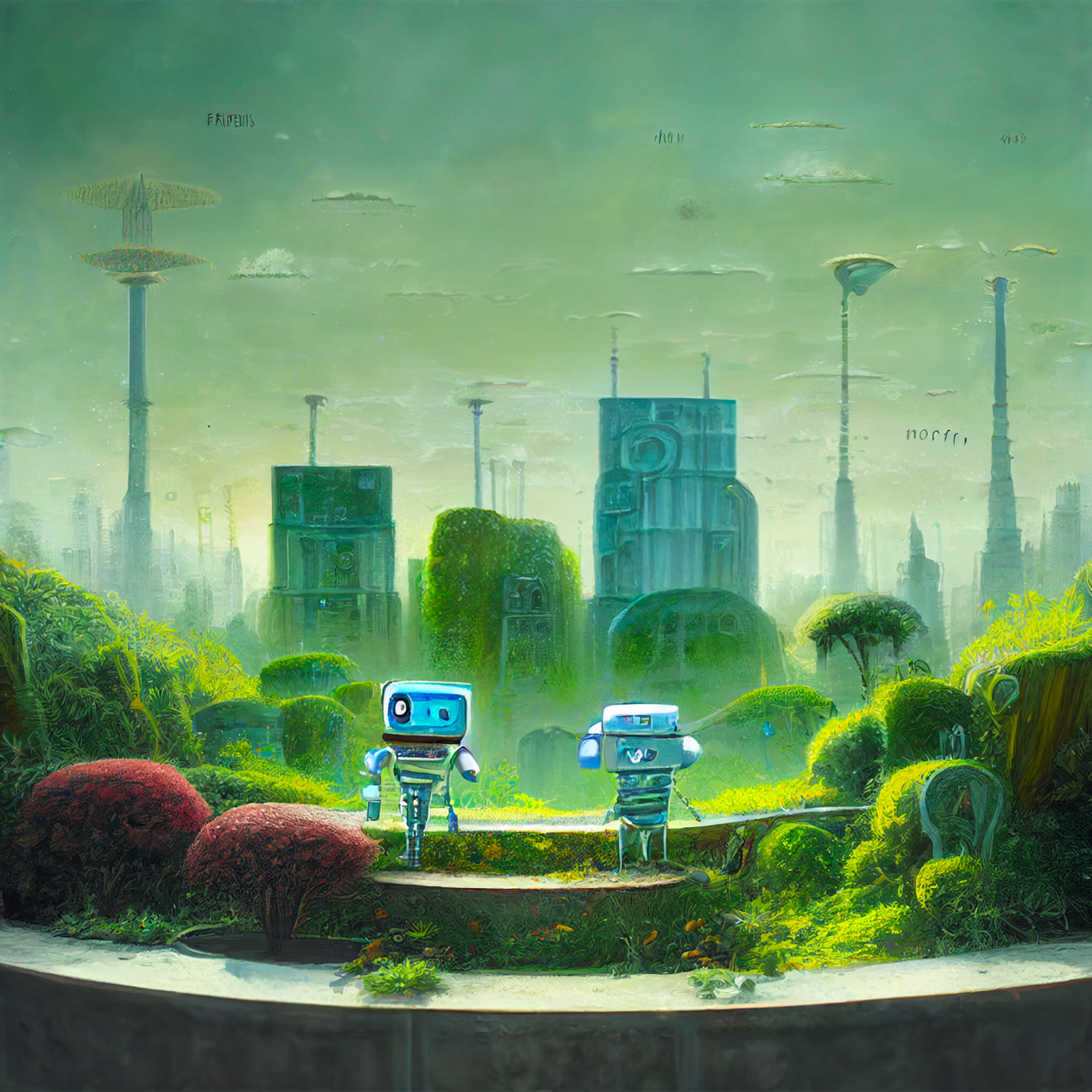Humans are good at analyzing things. Machines are even better. Machines can analyze a set of data and find patterns in it for a multitude of use cases, whether it’s fraud or spam detection, forecasting the ETA of your delivery or predicting which TikTok video to show you next. They are getting smarter at these tasks. This is called “Analytical AI,” or traditional AI.
But humans are not only good at analyzing things—we are also good at creating. We write poetry, design products, make games and crank out code. Up until recently, machines had no chance of competing with humans at creative work—they were relegated to analysis and rote cognitive labor. But machines are just starting to get good at creating sensical and beautiful things. This new category is called “Generative AI,” meaning the machine is generating something new rather than analyzing something that already exists.
Generative AI is well on the way to becoming not just faster and cheaper, but better in some cases than what humans create by hand. Every industry that requires humans to create original work—from social media to gaming, advertising to architecture, coding to graphic design, product design to law, marketing to sales—is up for reinvention. Certain functions may be completely replaced by generative AI, while others are more likely to thrive from a tight iterative creative cycle between human and machine—but generative AI should unlock better, faster and cheaper creation across a wide range of end markets. The dream is that generative AI brings the marginal cost of creation and knowledge work down towards zero, generating vast labor productivity and economic value—and commensurate market cap.
The fields that generative AI addresses—knowledge work and creative work—comprise billions of workers. Generative AI can make these workers at least 10% more efficient and/or creative: they become not only faster and more efficient, but more capable than before. Therefore, Generative AI has the potential to generate trillions of dollars of economic value.

 www.sequoiacap.com
www.sequoiacap.com
But humans are not only good at analyzing things—we are also good at creating. We write poetry, design products, make games and crank out code. Up until recently, machines had no chance of competing with humans at creative work—they were relegated to analysis and rote cognitive labor. But machines are just starting to get good at creating sensical and beautiful things. This new category is called “Generative AI,” meaning the machine is generating something new rather than analyzing something that already exists.
Generative AI is well on the way to becoming not just faster and cheaper, but better in some cases than what humans create by hand. Every industry that requires humans to create original work—from social media to gaming, advertising to architecture, coding to graphic design, product design to law, marketing to sales—is up for reinvention. Certain functions may be completely replaced by generative AI, while others are more likely to thrive from a tight iterative creative cycle between human and machine—but generative AI should unlock better, faster and cheaper creation across a wide range of end markets. The dream is that generative AI brings the marginal cost of creation and knowledge work down towards zero, generating vast labor productivity and economic value—and commensurate market cap.
The fields that generative AI addresses—knowledge work and creative work—comprise billions of workers. Generative AI can make these workers at least 10% more efficient and/or creative: they become not only faster and more efficient, but more capable than before. Therefore, Generative AI has the potential to generate trillions of dollars of economic value.
Why Now?
Generative AI has the same “why now” as AI more broadly: better models, more data, more compute. The category is changing faster than we can capture, but it’s worth recounting recent history in broad strokes to put the current moment in context.
Generative AI: A Creative New World
 www.sequoiacap.com
www.sequoiacap.com
